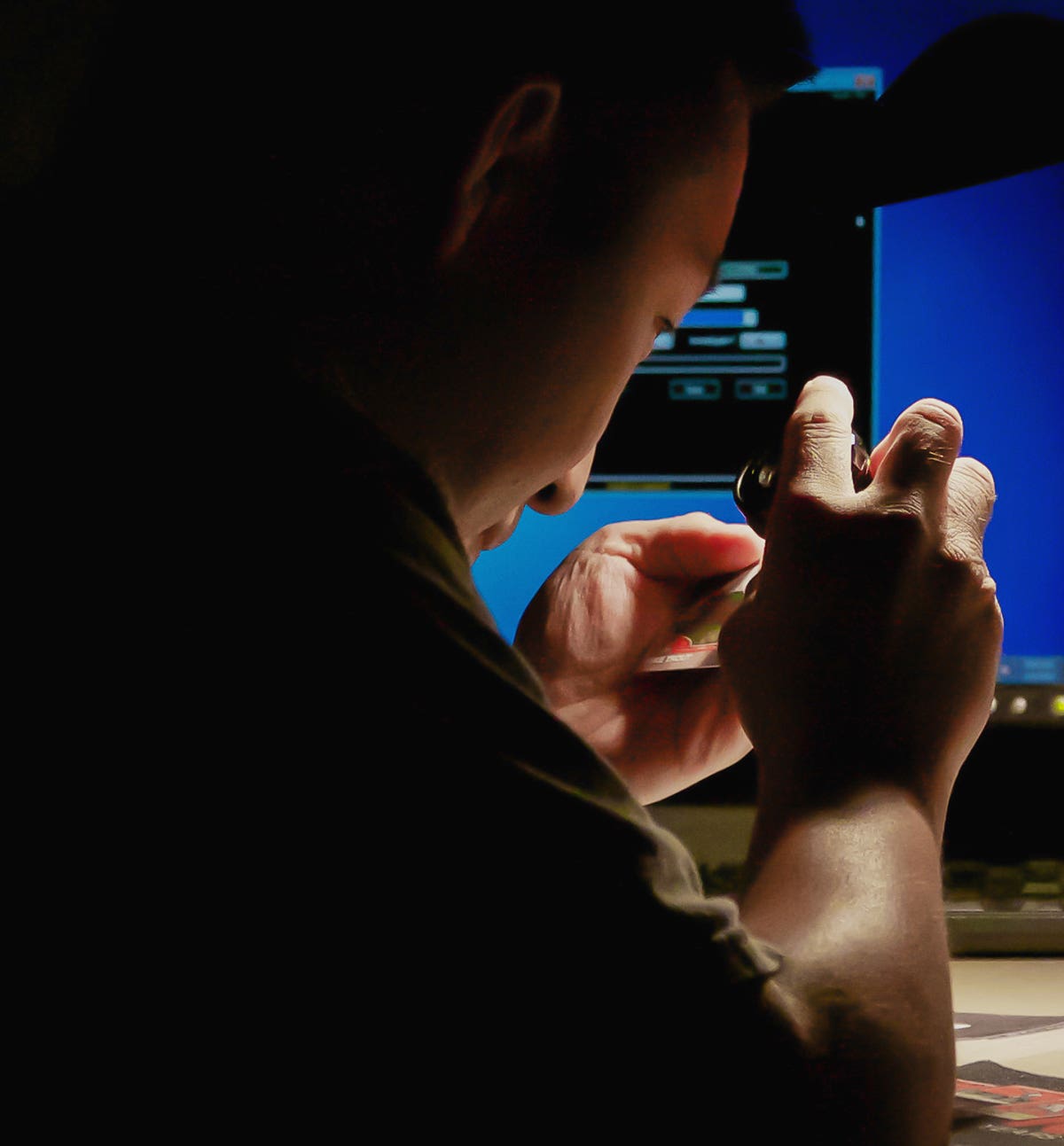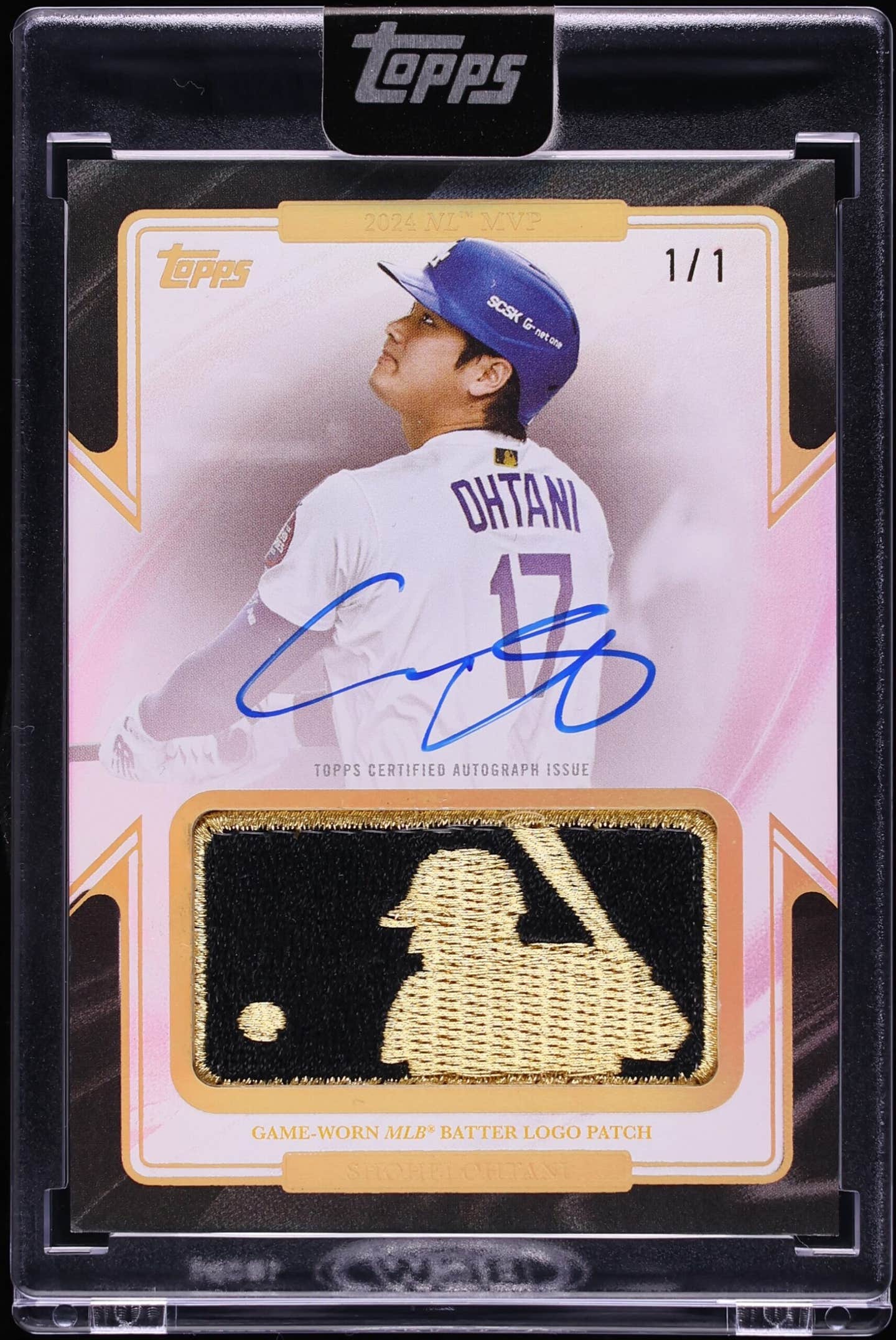Featured
What Would Jesus McFarlane Say?
By Doug Koztoski
In some ways, it is like reaching into an old shoebox of cards, one that rested in a closet or under a bed, virtually untouched for some time.
Pulling out a handful of the pasteboard memories, so to speak, one quickly notices most of the cards feature commons, like many a pack or stack of random cards from any era. Yet no matter which ones you see, or from what year, it is just fun to thumb through a buffet of vintage cards.
In this case the “old shoebox” is my 1991 version of the 1973 classic writing endeavor The Great American Baseball Card Flipping, Trading and Bubble Gum Book.
Penned by Brendan C. Boyd and Fred C. Harris, coworkers at a Boston bookstore in the early ’70s, “The Book,” as some call it, has stood the test of time, enjoying a few reissues.
Cool, daddy-o
Exuding charm throughout, mostly with a playful and irreverent approach, the first part focuses on Boyd collecting cards, and the surrounding atmosphere, in the 1950s.
Talk of yo-yos, malted milk balls, Elvis, hula-hoops, record hops, the Mouseketeers, wax moustaches and ripping open wax packs of baseball cards – searching for ones that were needed and others to flip. Boyd ultimately amassed “three shopping bags” of cards.
Along with the memories, this section (because “chapter” seems too formal for a book like this) breaks down the types of card collector: dabbler, addict, connoisseur, compilator, fan and gambler. The segment assures us that a collector can be more than one of those at a time.
This part also shines a brief spotlight on growing up, how once-vivid and cherished childhood memories can greatly fade. Well, at least somewhat, sometimes, anyway.
Tickets please
The second section of the book offers a quick lesson in Topps history, both cards and candy. Your tour guide is hobby legend, Seymour “Sy” Berger, the guy who led the way in creating the look and style of baseball cards in the ’50s and for decades after that.
As Topps products surround him during the excursion, including baseball cards, Wacky Packs, Bazooka Joe comics, gum with names like Big Buddy, Gold Rush and Nickel Bozo, Berger earns the description: “Willy Wonka in pale blue doubleknit.”
There is mention of how Berger collected Goudey cards as a kid. One year he said he obtained 249 out of 250 baseball cards in a set. Berger lamented how he could never get the one pasteboard he needed from the set: Jess Petty. Maybe he really meant the 240-card 1933 Goudey collection, that is if you include the rare Nap Lajoie, really issued in 1934. Petty was No. 90 in the ’33 Goudey set.
Either way, we’ve all been there in some fashion, or so it seems, yearning for that one last elusive card from a set. As a collector, maybe Berger was mostly a compilator (see section No. 1), defined as: “Thought of himself as an artist – a totality of scope his only ambition.” Now it’s all starting to make more sense.
Stylin’ and profilin’
With a good-sized image of most cards and a write-up that may contain differing levels of accuracy and jest, much of the book’s muscle flexes in its third and final main section, simply titled “Profiles.”
In fact, speaking of muscles, one of the classic 240-some cards highlighted shows a 1957 Topps Ted Kluszewski. The large Cincinnati slugger wears a “Wanted” poster-like scowl and a sleeveless jersey showing off his prodigious guns. I do not think that is a bat “Big Klu” is swinging in that card; it looks more like the last iron bar he pried away to escape jail to make the photo shoot.
Other memorable cards, via Topps unless noted, and the observations Boyd and Harris make of them include the 1952 Gus Zernial, with six baseballs somehow stuck to his bat while he gives us the “OK” sign; a 1958 Whammy Douglas, where his general appearance and name are made fun of; a 1962 Jesus McFarlane (what, you do not remember this Pirates catcher?); a 1964 Phil Linz, supposedly traded from the Yankees to the Phillies “for a bag of broken bats and a pop-up toaster;” and so on and so on for several of the cardboard boys of summer.
A few star cards accent the book. A respectful page shows a 1956 Jackie Robinson and a 1963 Roberto Clemente against a black background, with no text. This display exhibits perhaps both a testament to the greatness of these two players on several levels and the fact they had passed away within the year before the book’s release.
Some additional single-page themes of note, but with a goofy feel: Six 1955 Bowman umpire cards against a backdrop of the word “Boo,” and three columns of classic player nicknames, ranging from “Bow Wow” Arft to “Hill Billy” Bildilli to “Goober” Zuber. Really.
Most cards in the book are from the early 1950s to the mid-’60s. The authors decided to toss in one football card, however, just for fun: A 1960 Topps Johnny Unitas. That’s where it looks like a driver’s license photo, or, during a helmetless Baltimore Colts drill, the legendary quarterback got the snap “on two,” when he thought it was “on three” – right when the picture was taken.
Hobby readers recall
Collector Andrew White was 9 years old when he first spotted the book, shortly after its 1973 debut. “It spoke to me and it showed me cards I had never seen before.”
Not only did the book introduce White to a fresh array of cardboard gold, but some he continues to enjoy. “I remember the Gus Zernial card with his pink shirt and all the baseballs attached to his bat. I also remember the Unitas card,” he said. “I think of the book, and the Unitas card still makes me laugh.”
Tony Lijoi also likes the “Profiles” section. “Especially the ones on guys like Foster Castleman, on how can there be a ballplayer with that name?” said Lijoi.
The hobbyist also enjoyed the item about the first Japanese-born player in the majors.
“The piece on Masanori Murakami (1965 Topps) was short but hilarious when it said he was the only player in the big leagues that could not speak English, other than Yogi Berra.”
Lijoi felt a strong connection to the book’s first part, too, as he collected cards in the ’50s and he felt the era’s description hit the sweet spot.
“It accurately described collecting in those days. It was not a hobby, but something to do and see who would get the best cards, or the junkiest, like umps or the commissioner or scrubs.”
Curt Hardie, meanwhile, has a mini-wing in his sports library devoted to the Boyd and Harris collaboration.
“I have two different color variations of the small paperback, two large hardbacks and one large softcover,” said Hardie.
Five copies; that is dedication.
The eclectic collection of cardboard found Hardie in the late ’70s, when he discovered it in school in a Scholastic Book catalog.
The mostly tongue-in-cheek homage even influenced Hardie’s collecting habits, especially with some more vintage cards. “When I bought the book, it was not easy to know what cards looked like,” he said.
Hardie noted that unless he came across a hobby shop with cards back then, which was rare, or a complete set, there were few books with many pasteboard images to speak of. And, of course, the Internet and its ease with locating images was years away.
“Seeing many of these cards for the first time got me interested in those cards,” said Hardie. “Not so much for the player, but for the look of the card.”
Final pitch
On one hand, perhaps the best way to wrap up this flashback article comes from a snippet of an Amazon.com review of the 150-odd page book.
Written by Odysseus, “A Traveller,” from Virginia, it reads: “Somehow it all seems to mean something, even without seeming to try to mean anything. And therein lies the book’s genius.”
Then again, there is the last page of The Great American Baseball Card Flipping,
Trading and Bubble Gum Book, which features one card: A borderless and creased 1951 Bowman pasteboard sitting against a bright yellow background. Is it the Mantle or Mays rookie? Of course not. That would derail the book’s vibe.
Instead, it spotlights a Boston Braves infielder who pecked out a career with that franchise from the late 1930s through the mid-’50s, less his World War II service. Beneath the card is a classic signoff that would have pleased many writers, including Hemingway, Chandler and Durante: “Goodnight Sibby Sisti, wherever you are.”
Doug Koztoski is a frequent contributor to SCD. He welcomes comments and questions about this article at kozpro20@hotmail.com.








